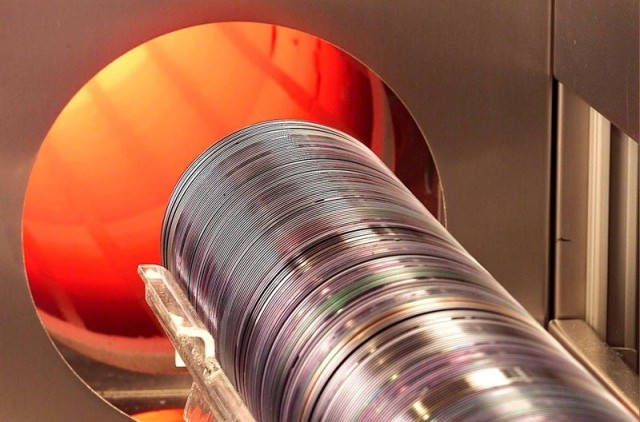Application Requirements
Functionality
When selecting vacuum coating materials, it is crucial to consider the specific functions required by the film layer's application. This involves choosing materials that possess distinct properties tailored to different uses. For instance, optical films demand materials with both transparent and reflective characteristics to ensure optimal light transmission and reflection. These properties are essential for applications in lenses, mirrors, and displays where visual clarity and light management are paramount.
In contrast, protective films necessitate materials that offer superior wear resistance and anti-corrosion properties. These films are designed to shield underlying surfaces from environmental factors such as moisture, chemicals, and mechanical abrasion. Materials that excel in these areas are ideal for applications in automotive coatings, architectural films, and industrial protective layers where durability is critical.
For conductive films, the primary requirement is excellent electrical conductivity. These films are utilized in electronic devices, solar panels, and electromagnetic shielding where efficient electrical transmission is essential. Materials such as indium tin oxide (ITO) and various metal alloys are commonly chosen for their conductive properties, ensuring that the film can effectively carry electrical currents without significant resistance.
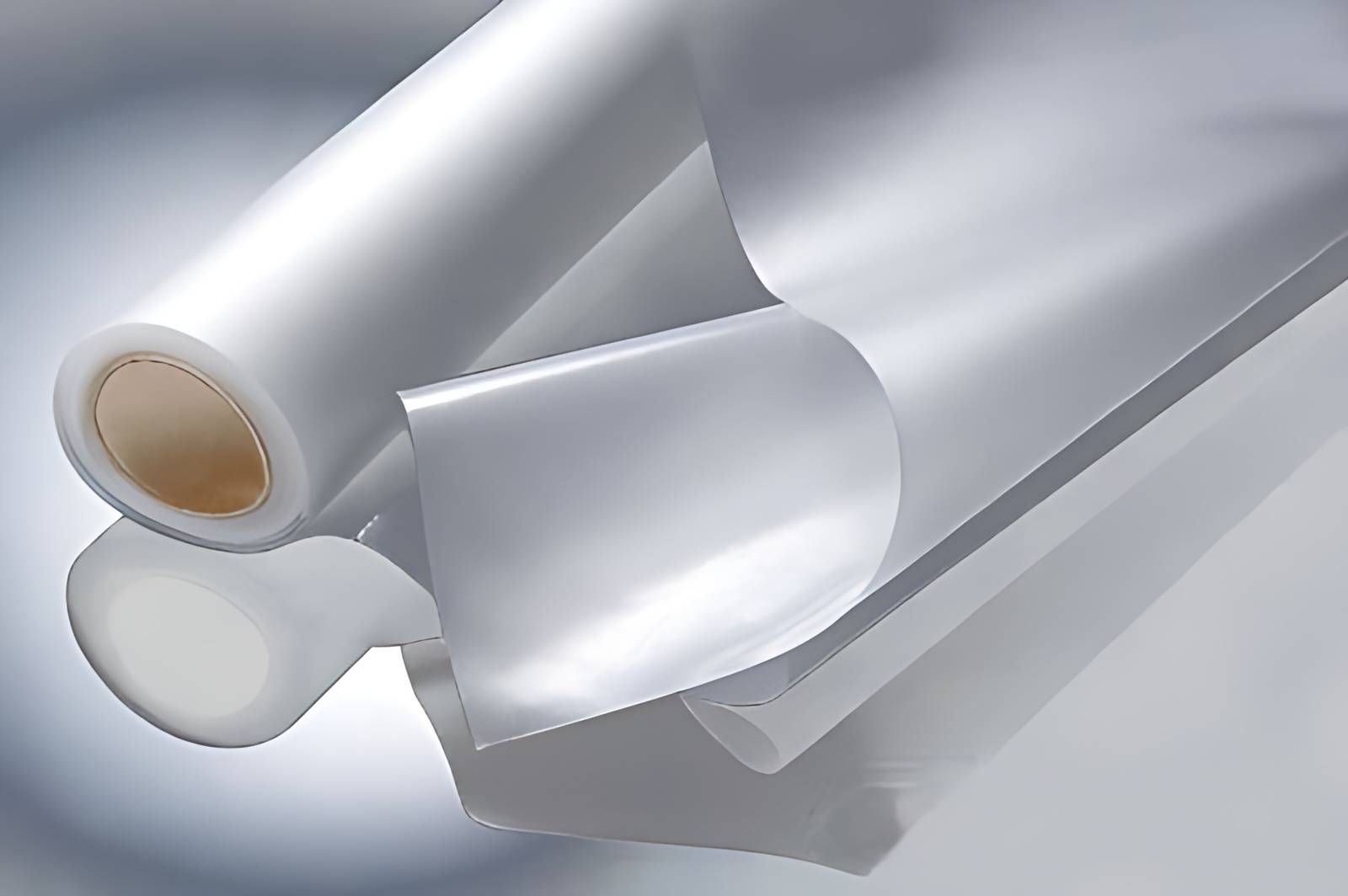
| Film Type | Key Properties | Typical Applications |
|---|---|---|
| Optical Films | Transparent, Reflective | Lenses, Mirrors, Displays |
| Protective Films | Wear-Resistant, Anti-Corrosive | Automotive Coatings, Architectural Films |
| Conductive Films | Good Electrical Conductivity | Electronic Devices, Solar Panels, Shielding |
By carefully matching the material properties to the intended application, manufacturers can ensure that the vacuum-coated films perform optimally and meet the specific demands of their intended use.
Performance Requirements
When selecting vacuum coating materials, it is crucial to consider the environmental conditions that the film layer will be exposed to. These conditions can significantly impact the performance and longevity of the coating. The primary environmental factors to evaluate include:
-
Temperature: Materials must withstand the expected temperature range, whether it involves high-temperature applications or the need for thermal stability at lower temperatures. For instance, in high-temperature environments, materials like titanium nitride (TiN) and alumina (Al₂O₃) are often preferred due to their excellent thermal stability.
-
Humidity: High humidity can lead to corrosion and degradation of the film layer. Materials with good resistance to moisture, such as certain ceramics and some metal alloys, are ideal for such conditions.
-
Chemical Corrosion: The film layer should be resistant to chemical attacks from substances it may come into contact with. This is particularly important in industrial settings where exposure to harsh chemicals is common. Materials with high chemical stability, like chromium (Cr) and certain polymers, are often selected for their corrosion-resistant properties.
By carefully evaluating these environmental conditions, engineers can select materials that not only meet performance requirements but also ensure the durability and reliability of the coating in its intended application.
Material Properties
Chemical Stability
When selecting materials for vacuum coating, chemical stability is a critical factor that cannot be overlooked. The environment in which the coated material will operate can significantly influence its durability and performance over time. Materials that lack chemical stability may degrade or even peel off under prolonged exposure to specific chemicals, humidity, or temperature variations.
To ensure the longevity of the coating, it is essential to choose materials that exhibit robust resistance to chemical interactions. This is particularly important in applications where the coated surfaces are exposed to harsh chemicals or corrosive substances. For instance, in industries such as automotive, aerospace, and chemical processing, where materials are frequently subjected to corrosive environments, selecting chemically stable coatings can prevent premature failure and reduce maintenance costs.
| Environment | Challenges | Material Requirements |
|---|---|---|
| High Humidity | Corrosion, rust formation | Materials with anti-corrosive properties |
| Chemical Exposure | Degradation, discoloration | Chemically inert materials |
| Extreme Temperatures | Thermal degradation, embrittlement | High thermal stability |
Moreover, the choice of material should also consider the specific chemical composition of the environment. For example, certain coatings may perform well in acidic environments but degrade rapidly in alkaline conditions. Therefore, a thorough understanding of the operational environment is crucial to selecting the most appropriate material with the required chemical stability.
In summary, prioritizing chemical stability in material selection can lead to more reliable and durable vacuum coatings, ensuring that the membrane layer remains intact and functional even under the most challenging conditions.
Thermal Stability
For high-temperature applications, selecting materials with exceptional thermal stability is paramount. Thermal stability ensures that the material maintains its structural integrity and performance under elevated temperatures, preventing degradation or failure. Key considerations include the material's ability to resist thermal shock, which is the sudden exposure to high temperatures without cracking or delaminating.
| Material | Thermal Stability Characteristics |
|---|---|
| Ceramics | High melting points, excellent resistance to thermal shock, and minimal thermal expansion. |
| Metals | Vary widely; some alloys (e.g., Inconel) maintain strength at high temperatures, while others may soften. |
| Polymers | Generally poor; only specific high-temperature polymers like PEEK can withstand significant heat. |
In addition to thermal shock resistance, the coefficient of thermal expansion (CTE) is crucial. Materials with a CTE that closely matches that of the substrate minimize thermal stresses, which can cause warping or cracking during temperature fluctuations. For instance, combining a low-CTE ceramic with a similarly low-CTE substrate ensures better long-term stability.
Moreover, the oxidation resistance of the material is significant, especially in environments where oxygen is present. Materials like titanium nitride (TiN) and alumina (Al₂O₃) exhibit excellent oxidation resistance, making them ideal for high-temperature applications where oxidation could lead to significant degradation.
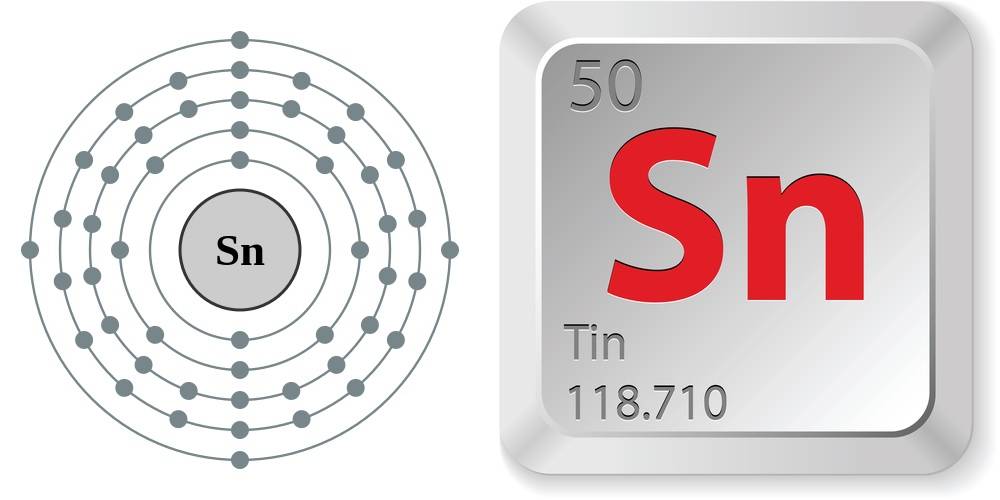
In summary, the choice of material for high-temperature applications hinges on its ability to maintain structural and functional integrity under heat. This involves evaluating factors such as thermal shock resistance, CTE compatibility, and oxidation resistance.
Mechanical Properties
When selecting vacuum coating materials, the mechanical properties of the material are paramount, especially for applications requiring long-term durability. Resistance to abrasion and scratching is a critical factor that can significantly influence the lifespan and performance of the coating. Materials that exhibit high resistance to these mechanical stresses are ideal for environments where the coating is likely to encounter friction or impact.
For instance, in industrial settings where equipment is subject to constant wear and tear, a coating with superior mechanical properties can prevent premature degradation. This not only extends the operational life of the equipment but also reduces maintenance costs and downtime. Similarly, in consumer electronics, a scratch-resistant coating can protect screens and surfaces from damage, enhancing the product's aesthetic appeal and longevity.
| Material Property | Importance | Example Applications |
|---|---|---|
| Abrasion Resistance | Prevents surface wear and prolongs the coating's life. | Industrial machinery, automotive coatings. |
| Scratch Resistance | Protects against surface damage from contact. | Mobile phone screens, kitchen appliances. |
In summary, the mechanical properties of vacuum coating materials, particularly their resistance to abrasion and scratching, are crucial for ensuring the effectiveness and longevity of the coating in various applications.
Deposition Method Compatibility
Sputtering Materials
Suitable materials for magnetron sputtering, radio frequency sputtering, and other sputtering methods encompass a wide range of substances, including metals, alloys, and ceramics. These materials are chosen for their ability to withstand the high-energy ion bombardment characteristic of sputtering processes. The ions, typically from inert gases like argon, are accelerated towards the target material, causing atoms to be ejected and deposited onto the substrate.
For metal films, common choices include aluminum, gold, titanium, and chromium. These metals offer excellent conductivity and durability, making them ideal for applications requiring robust and reliable coatings. On the other hand, functional films often utilize ceramics such as alumina and titanium nitride. These materials provide superior wear resistance, thermal stability, and chemical inertness, making them suitable for demanding environments.
The versatility of sputtering allows for the deposition of materials with extremely high melting points, such as carbon and silicon, as well as various alloys. This method is particularly advantageous for creating thin films on substrates that require precise control over film composition and thickness. Additionally, the use of RF energy enables the sputtering of insulating materials, broadening the range of applicable substances.
In summary, the selection of sputtering materials is crucial for achieving the desired film properties and ensuring the success of the coating process. By carefully choosing materials based on their specific attributes and the requirements of the application, one can optimize the performance and longevity of the resulting film.
Evaporation Materials
Evaporation materials are essential for creating thin films through the process of vaporization. These materials, which include metals, semiconductors, and certain organic compounds, are heated to high temperatures until they transform into a vapor state. This vapor then travels through a vacuum environment to condense onto a substrate, forming a thin, uniform film.

The selection of evaporation materials is crucial for achieving desired film properties. Plasmaterials, Inc., for instance, offers a diverse range of materials suitable for thermal evaporation, including elemental metals, alloys, ceramics, and refractory materials. These materials are typically available in various bulk forms, such as pellets, granules, and cubes, and are meticulously produced using advanced techniques like Powder Metallurgy (PM) and Vacuum Melting (VM). Each batch of these materials comes with a certificate of analysis, ensuring their purity and chemical composition.
The evaporation process is conducted in a vacuum chamber to prevent contamination and ensure that only the intended material deposits onto the substrate. This controlled environment is vital for maintaining the integrity and quality of the thin films, making evaporation materials indispensable in applications ranging from optical coatings to electronic devices.
Economy
Cost
When selecting vacuum coating materials, the balance between material cost and expected performance and service life is a critical consideration. High-performance materials, although initially more expensive, often offer substantial long-term savings due to their enhanced durability and reduced maintenance requirements. This strategic approach can lead to a lower overall cost of use, making high-performance materials a cost-effective choice in the long run.
To illustrate this point, consider the following example:
| Material Type | Initial Cost | Expected Service Life | Maintenance Costs | Total Cost of Use |
|---|---|---|---|---|
| Low-Performance | Low | Short | High | Moderate |
| High-Performance | High | Long | Low | Low |
By opting for high-performance materials, manufacturers can minimize downtime and repair expenses, thereby optimizing their operational efficiency and financial outlay. This economic perspective underscores the importance of not only the upfront cost but also the material's ability to withstand the rigors of its intended application.

Availability
Ensuring the availability of the selected vacuum coating material is crucial to maintaining production schedules and avoiding disruptions caused by material shortages. The market for vacuum coating materials is vast, encompassing a wide range of metals, alloys, ceramics, and organic materials, each suited for different deposition methods such as sputtering or evaporation. However, not all materials are equally accessible, and market fluctuations can impact supply chains.
To mitigate risks associated with material availability, it is advisable to:
- Diversify Suppliers: Relying on multiple suppliers can help buffer against sudden shortages from a single source.
- Pre-order and Stockpile: For critical materials, pre-ordering and maintaining a stockpile can ensure continuous supply.
- Alternative Materials: Having a list of alternative materials that can serve similar functions in case of shortages is a prudent contingency plan.
By considering these strategies, manufacturers can better navigate the complexities of material procurement and ensure the smooth operation of their production processes.
Compatibility with Substrates
Adhesion
When selecting vacuum coating materials, the adhesion of the chosen material to the substrate is a critical factor that cannot be overlooked. Adhesion refers to the ability of the coating to bond firmly with the underlying substrate, ensuring the integrity and longevity of the applied layer. Poor adhesion can lead to a variety of issues, including delamination, peeling, and premature failure of the coating.
For instance, certain metallic films exhibit poor adhesion on specific substrates, which can be attributed to a variety of factors. These include differences in surface energy, chemical reactivity, and mechanical properties between the coating and the substrate. To mitigate these issues, it is essential to conduct thorough compatibility tests before finalizing the material selection.
| Substrate Type | Common Issues | Mitigation Strategies |
|---|---|---|
| Metallic Substrates | Poor adhesion due to oxide layers | Surface pretreatment (e.g., cleaning, etching) |
| Ceramic Substrates | Brittle failure at interfaces | Use of adhesion promoters or intermediate layers |
| Polymer Substrates | Low surface energy leading to weak bonds | Plasma treatment or use of primers |
In addition to the direct impact on the coating's performance, poor adhesion can also affect the overall efficiency and cost-effectiveness of the coating process. Therefore, it is crucial to prioritize materials that demonstrate strong adhesion characteristics, ensuring that the final product meets both performance and economic requirements.
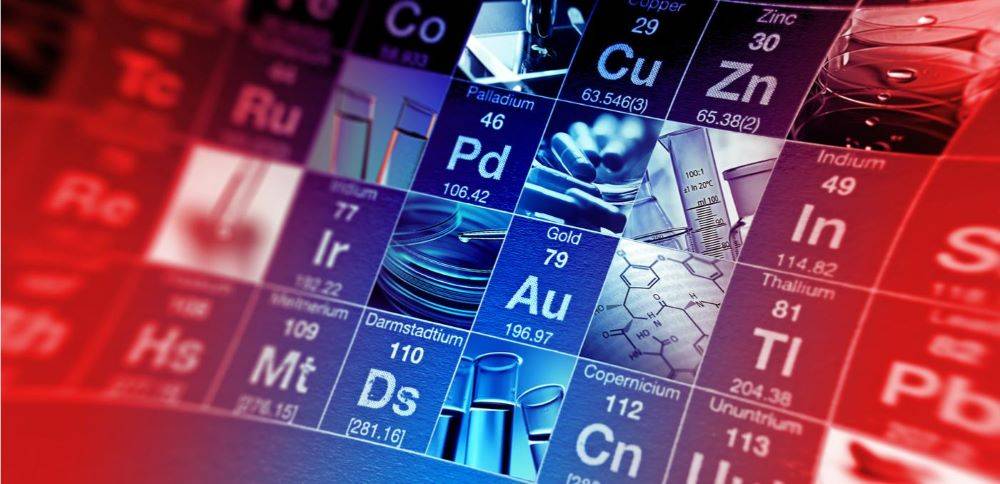
Coefficient of Thermal Expansion
When selecting vacuum coating materials, the coefficient of thermal expansion (CTE) is a critical parameter to consider. The CTE refers to the degree to which a material expands or contracts with temperature changes. In vacuum coating applications, where materials are often subjected to varying temperatures, mismatched CTEs between the coating and the substrate can lead to significant issues.
For instance, if the CTE of the coating material is substantially different from that of the substrate, it can result in thermal stresses. These stresses can cause the coating to crack, peel, or delaminate, particularly during thermal cycling. This phenomenon is particularly problematic in applications where the temperature fluctuates frequently or significantly, such as in aerospace or automotive industries.
| Material | CTE (ppm/°C) |
|---|---|
| Aluminum | 23.1 |
| Titanium | 8.6 |
| Silicon | 2.6 |
| Glass | 8-10 |
The table above illustrates the CTE values for some common materials used in vacuum coating. By understanding these values, engineers can better match materials to minimize thermal stress and ensure the long-term integrity of the coating. For example, pairing a substrate with a CTE close to that of the coating material can mitigate the risk of thermal-induced damage.
In summary, careful consideration of the CTE is essential to prevent thermal-induced failures and to ensure the durability and performance of vacuum coatings.
Ecology and Safety
Environmental Protection
When selecting vacuum coating materials, it is crucial to prioritize those that minimize environmental impact and adhere to stringent environmental regulations. This approach not only helps in maintaining ecological balance but also ensures compliance with legal standards, thereby avoiding potential legal repercussions and reputational damage.
One of the primary considerations in this regard is the lifecycle of the materials. Opting for materials that are recyclable or biodegradable can significantly reduce waste and the burden on landfills. For instance, certain ceramic coatings can be recycled, thereby reducing the need for new raw materials and decreasing the overall environmental footprint.
Moreover, the sourcing of materials plays a pivotal role in environmental stewardship. Materials that are ethically sourced, such as those obtained through sustainable mining practices, can mitigate the environmental degradation often associated with resource extraction. This ethical sourcing not only protects ecosystems but also supports communities that rely on these resources.
In addition to material selection, the energy consumption during the production and application of these coatings should also be factored in. Materials that require less energy-intensive production processes, such as those that can be deposited using low-temperature methods, contribute to a smaller carbon footprint. This consideration is particularly important in industries aiming for sustainability and reducing greenhouse gas emissions.
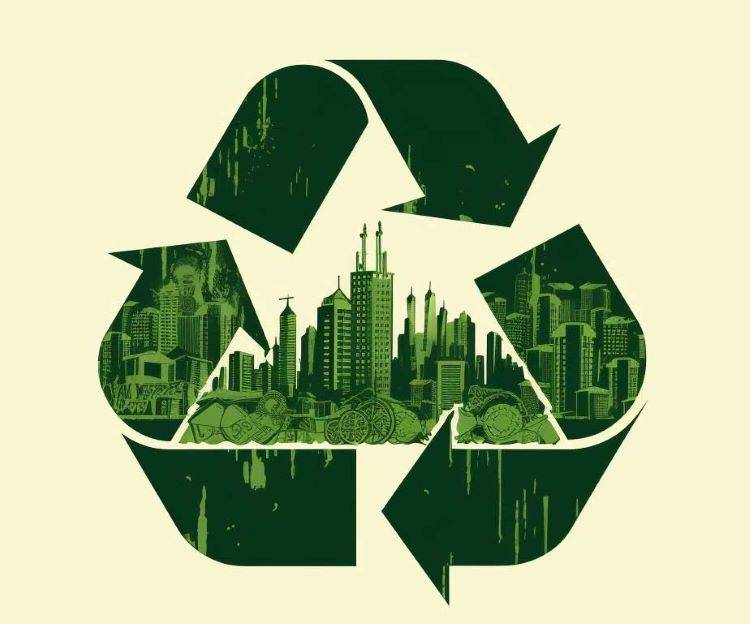
Lastly, the disposal phase of the materials must not be overlooked. Materials that decompose naturally or can be safely incinerated without releasing harmful toxins are preferable. This ensures that even at the end of their lifecycle, these materials do not pose a threat to the environment.
By integrating these environmental considerations into the material selection process, industries can significantly contribute to global sustainability efforts while maintaining the performance and quality expected from vacuum coatings.
Safety
When selecting vacuum coating materials, safety considerations are paramount. The safety of materials during both the production and use phases must be meticulously evaluated to ensure that the chosen materials do not pose health risks to workers or end-users. This involves avoiding materials that may release toxic or harmful gases, as well as those that could cause adverse health effects upon direct contact or inhalation.
For instance, certain metals and compounds can emit hazardous fumes when subjected to high temperatures or chemical reactions, which can be detrimental to both the environment and human health. Therefore, it is crucial to select materials that are known for their low toxicity and minimal emission of harmful substances. This not only protects the health and safety of those involved in the manufacturing process but also ensures compliance with environmental and occupational health regulations.
Additionally, the long-term safety of the coated products in their intended applications should be considered. Materials that degrade over time and release harmful by-products could compromise the safety and performance of the final product. By prioritizing safety in material selection, manufacturers can significantly reduce the risk of health hazards and environmental contamination, thereby fostering a safer and more sustainable production environment.
Related Products
- Inclined Rotary Plasma Enhanced Chemical Vapor Deposition PECVD Equipment Tube Furnace Machine
- Electron Beam Evaporation Coating Oxygen-Free Copper Crucible and Evaporation Boat
- Custom CVD Diamond Coating for Lab Applications
- Electron Beam Evaporation Coating Tungsten Crucible and Molybdenum Crucible for High Temperature Applications
- Molybdenum Vacuum Heat Treat Furnace
